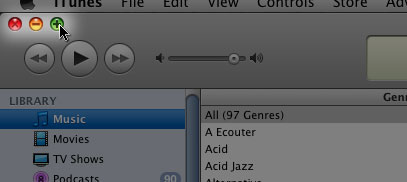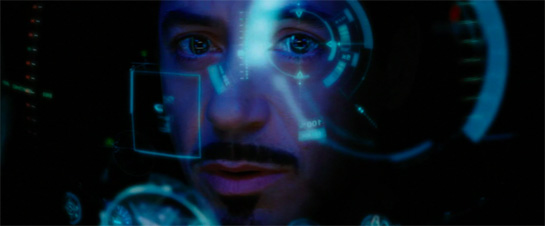while we’re talkin’ Stormtroopers…
Randal: “There was something else going on in Jedi. I never noticed it ’til today. They build another Death Star, Right?”
Dante: “Yeah.”
Randal: “Now, the first one was completed and fully operational before the rebels destroyed it.”
Dante: “Luke blew it up. Give credit where credit’s due.”
Randal: “And the second one was still being built when they blew it up.”
Dante: “Compliments of Lando Calrissian.”
Randal: “Something just never sat right with me that second time around. I could never put my finger on it, but something just wasn’t right.”
Dante: “And you figured it out.”
Randal: “The first Death Star was manned by the Imperial army. The only people on board were Storm troopers, Dignitaries, Imperialists.”
Dante: “Basically.”
Randal: “So when they blew it up, no problem. Evil’s punished.”
Dante: “And the second time around?”
Randal: “The second time around it wasn’t even done behind built yet. It was still under construction.”
Dante: “So?”
Randal: “So, a construction job of that magnitude would require a hell of lot more manpower than the Imperial army had to offer. I’ll bet they brought independent contractors in on that thing. Plumbers, aluminum siders, roofers–”
Dante: “Not just Imperialists. Is that what you’re getting at?”
Randal: “Exactly. In order to get it built quickly and quietly, they’d hire anybody that could do the job. You think the average Storm Trooper knows how to install a toilet main? All’s they know is killing and white uniforms.”
Dante: “Alright, so, they bring in independent contractors. Why are you so upset at it’s destruction.”
Randal: “All those innocent contractors brought in to do the job are killed, casualties of a war they had nothing to do with. Alright, look, you a roofer. Some juicy government contract comes your way. You got a wife and kids, the two-story in suburbia. This is a government contract which means all sorts of benefits. Along come these left-wing militants who blast everything within a three-mile radius with their lasers. You didn’t ask for that; you had no personal politics. You’re just trying to scrape out a living.”
from Clerks
















